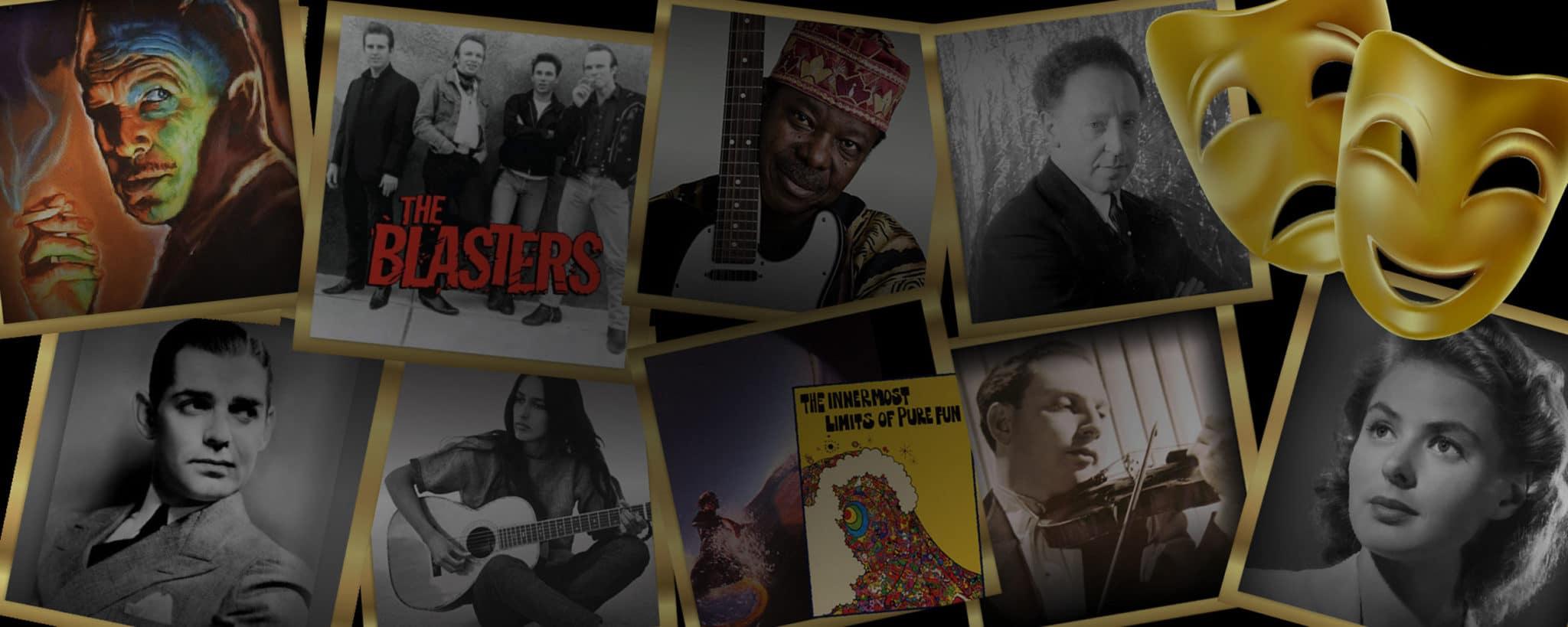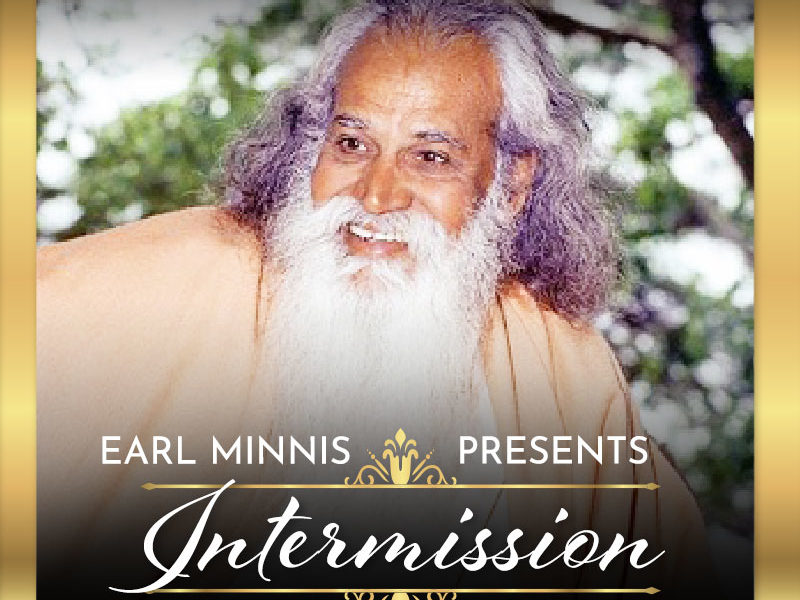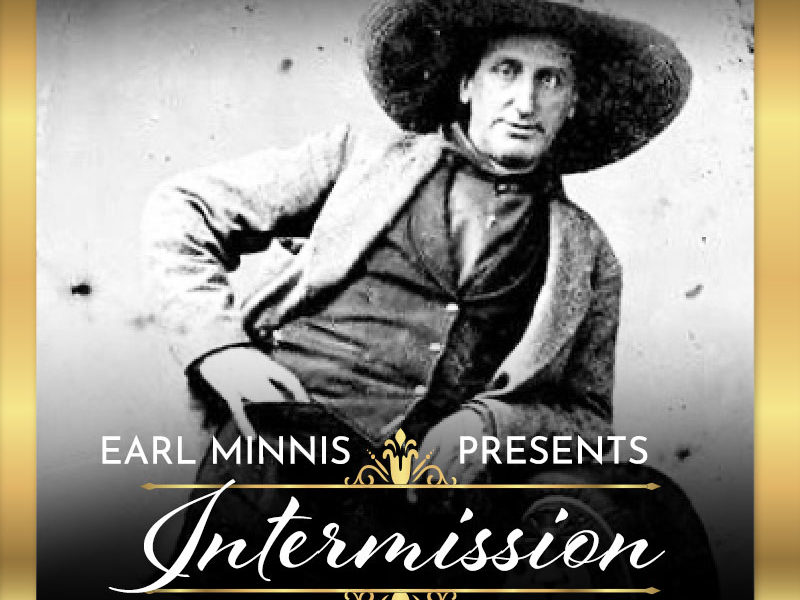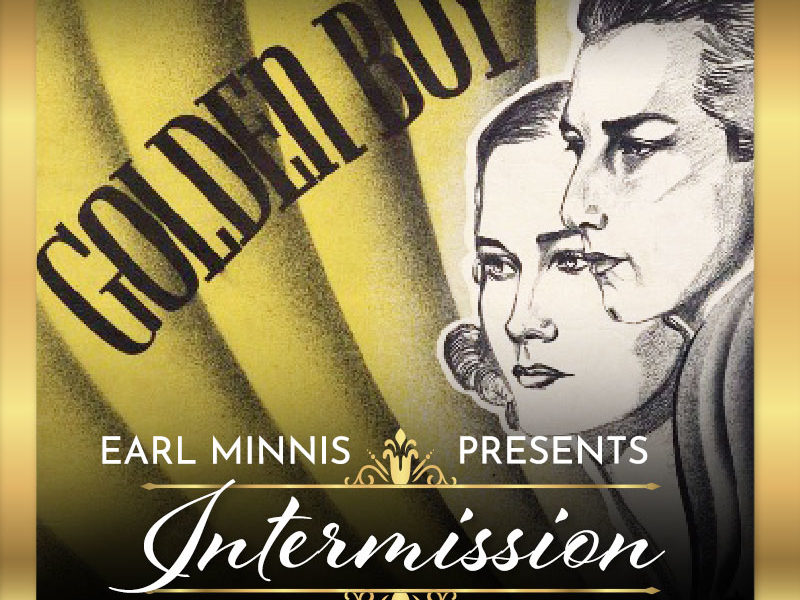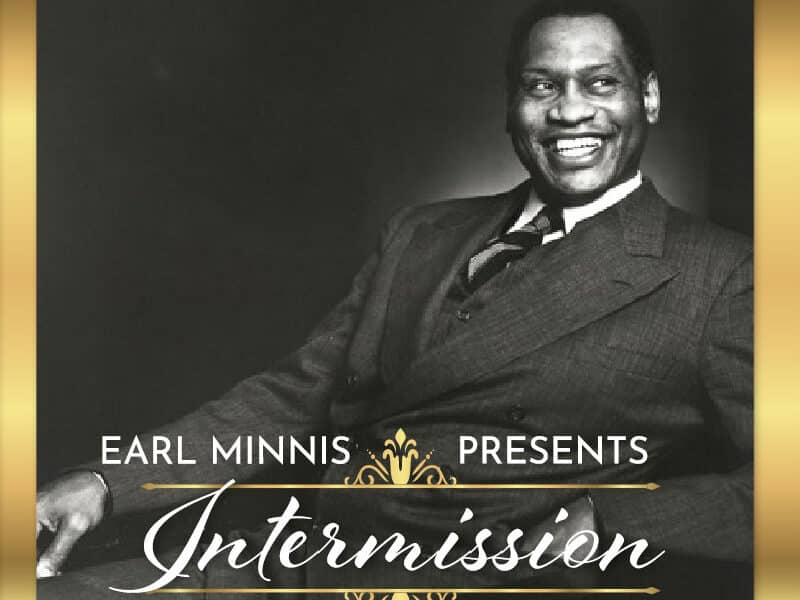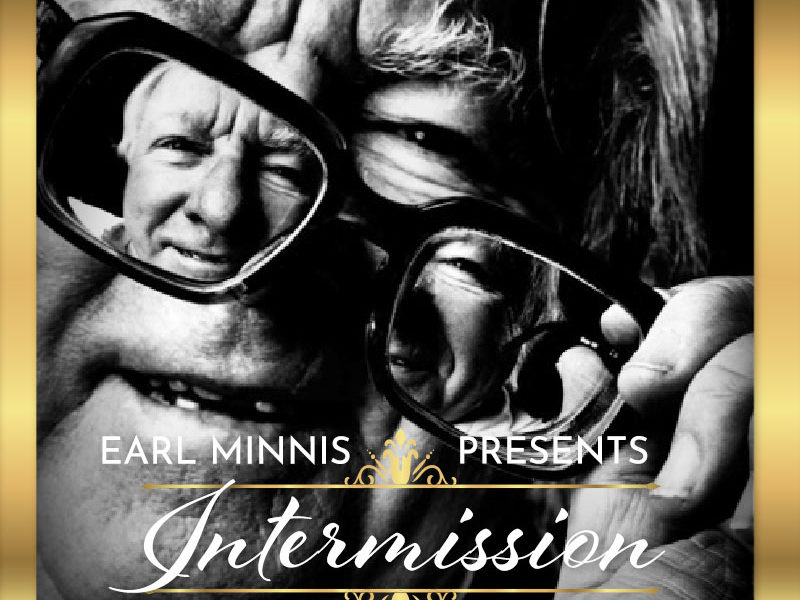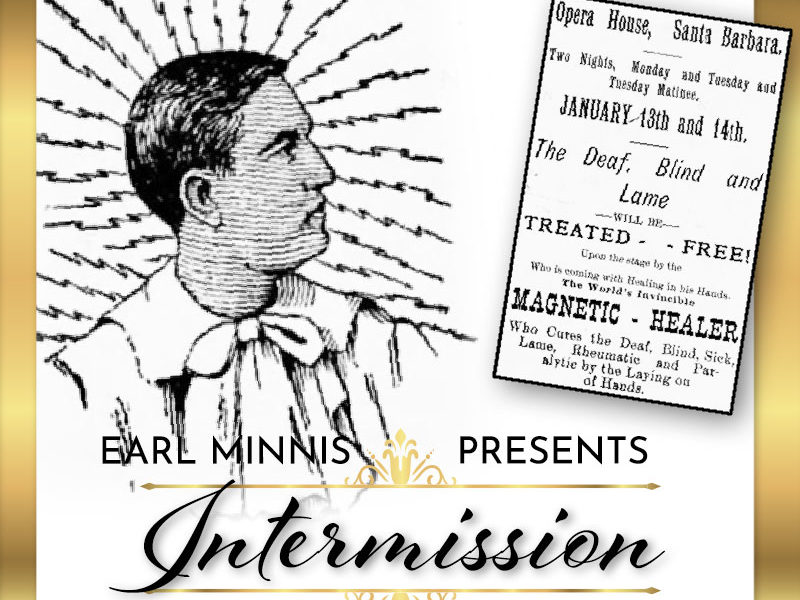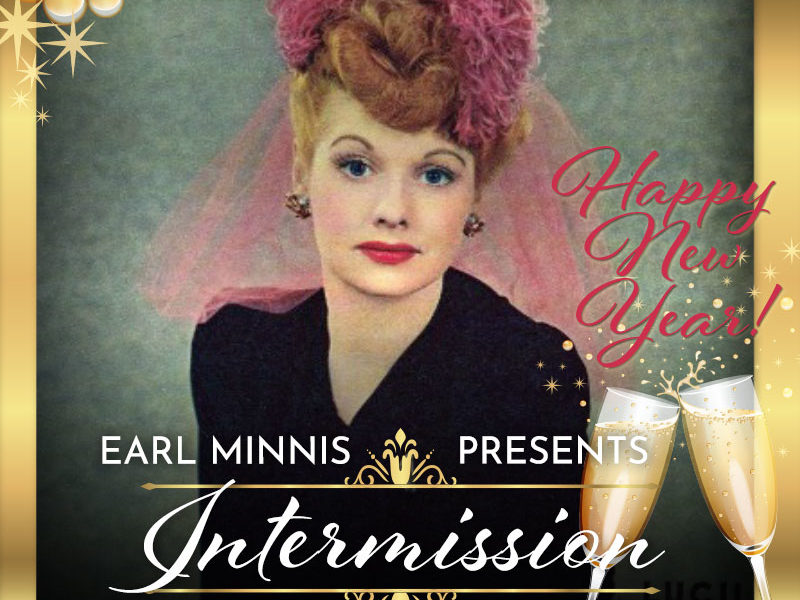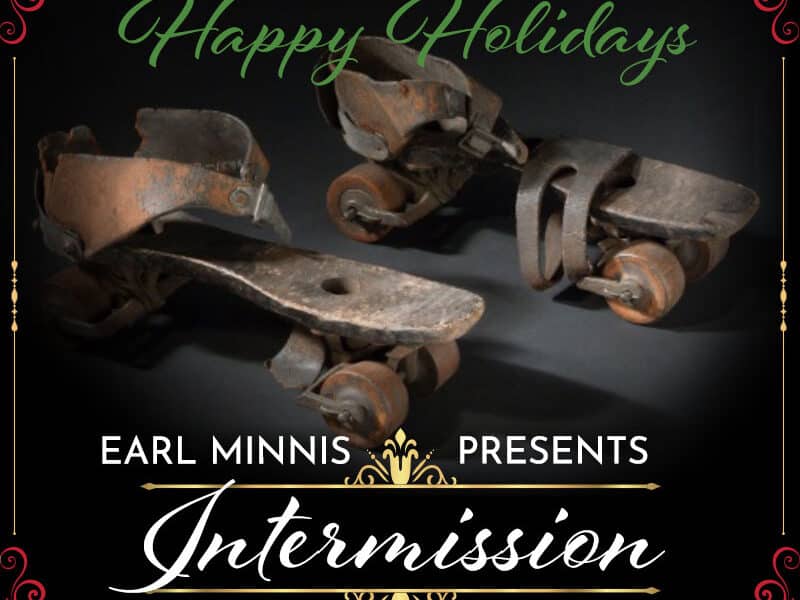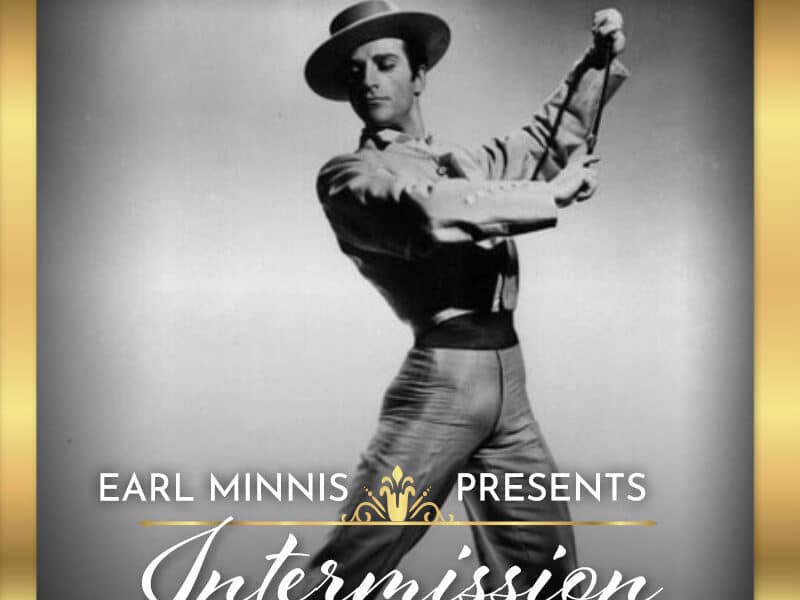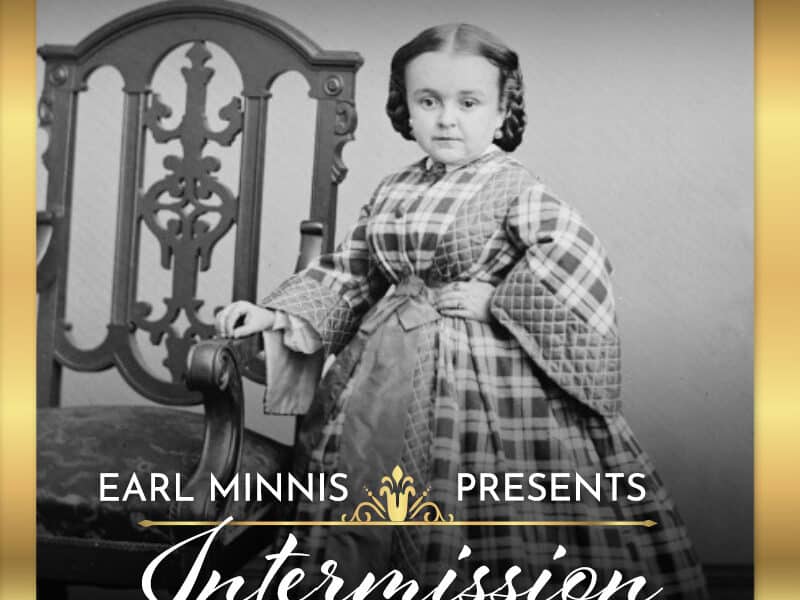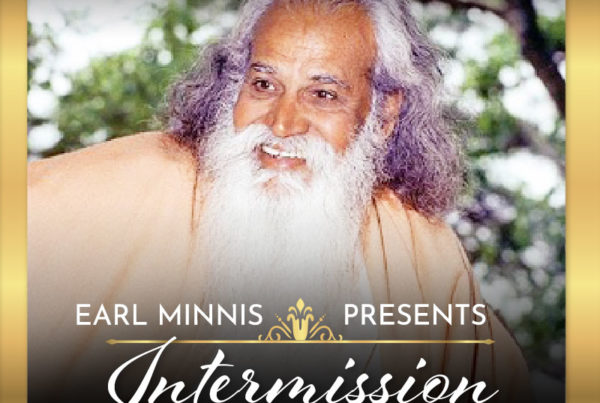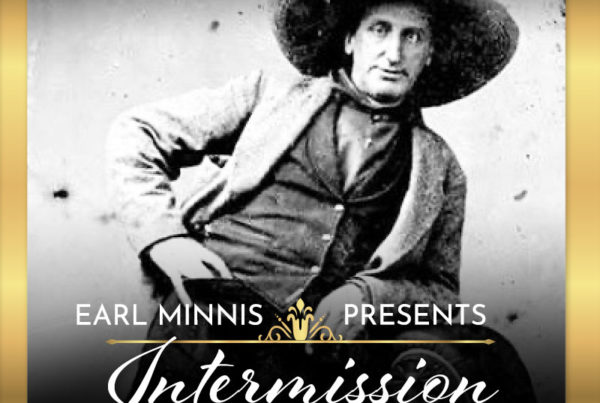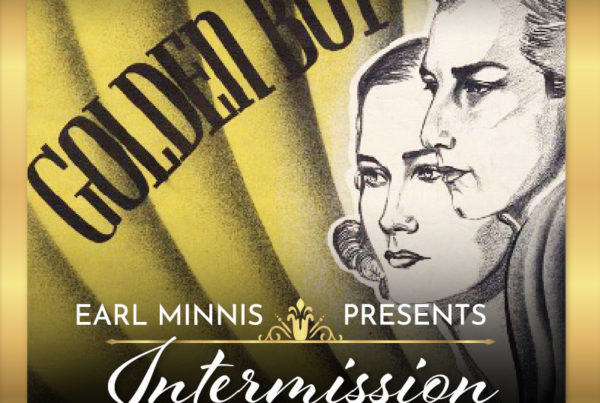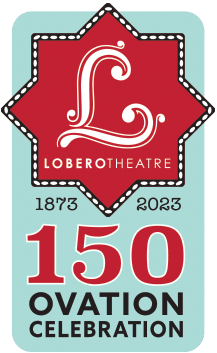
By Lobero Theatre Director of Development, Brandon Mowery
Over the past few COVID influenced months, the Lobero has worked hard to keep the theater relevant, and one avenue we’ve managed to keep that enthusiasm up was to borrow, quite literally, from our storied past- through our ongoing Lobero Intermission series. I was excited to sit down with my good friend who serves as a Lobero Board member, Ghostlight Society member, Streaming Series supporter, and of course, unofficial Lobero historian, Brett Hodges, and interview him around his often retrospective Lobero perspective:
Questions About Brett
BM: Where are you from originally?
BH: I grew up in West Los Angeles.
BM: What brought you to SB?
BH: I went to college in England and while I was away, my family relocated to SB. After graduating I moved here to be with my family. It was a better west LA!
BM: Tell me a little about your community involvement here in Santa Barbara? What organizations have you gravitated toward in offering time and support locally?
BH: Our daughter was a lifer (K – 12) at Laguna Blanca School, and we all loved the school and I was honored to be able to serve on the board. My wife and I are also involved with the local equine community and riding trails network. I’m also currently a Santa Barbara Historical Museum board member.
Questions About the Lobero, and Support
BM: What was your first show at the Lobero?
BH: This is funny, but back in the 70’s travelogues were a big deal. It’s a genre that has now completely disappeared, but I remember going to the Lobero and watching films about trips in exotic locations like Tibet and Australia. I also remember a fantastic evening where Hal Holbrook portrayed Mark Twain. And as I got older, I would say that the Sings Like Hell series really reconnected me with the Lobero.
BM: As your involvement has grown, have there been any Lobero performances that have stood out?
BH: Randy Newman, Bonnie Raitt, Aimee Mann, Richard Thompson, Marc Broussard. Neil Young’s three-night appearance a couple of years ago was really memorable. Bluegrass great Ricky Skaggs was a fantastic recent evening.
BM: How were you introduced to the Lobero board?
BH: Through my childhood friend, Steve Hayes, who as a Lobero board member kept raving about the theater. As I started to attend more and more concerts, I think I joined Steve in morphing into a Lobero “superfan.”
BM: What does the Lobero mean to you and what is its place in the SB community?
BH: I think the Lobero has historically been Santa Barbara’s cultural epicenter, and I love its rich pedigree. I think its relatively small size of 600 seats has been a blessing in many ways. From a programming perspective, Lobero managers can take risks on more edgy and relevant acts because their bookings aren’t as driven by the need to appeal to mainstream tastes in order to fill a huge theater. From the ticket buyer’s perspective, a small theater means you’re going to be closer to the artist on stage, and that creates a more intimate and memorable experience.
BM: You serve as the chair of the Development Committee. What makes the Lobero worthy of private support?
BH: For nearly 150 years, the Lobero has proven its value as a venue which brings world-class talent to our town. Its relationships with organizations like CAMA and the Music Academy of the West have also been all-important. And just as meaningful, it is Santa Barbara’s community theater – collaborating with local schools and youth arts organizations. I don’t think you can underestimate how being able to stand on a stage in front of an audience of people can be a life-changing, self-esteem-boosting experience for a child.
Questions about the Lobero Intermission series, and the “Live from the Lobero” streaming series
BM: Thank you again for all your countless hours of research over these past couple of months in finding some incredible Lobero memories. What about this research appealed to you?
BH: Working on the Lobero archive and writing the Intermission series posts has been really eye-opening. I find it fascinating to see the Lobero’s historical calendar of events as a lens to better understand the cultural tastes and belief systems of times gone by. I think it can certainly be argued that the modern Lobero Theatre (1924 – present-day) is one of the most important cultural venues in the country, and it’s fun to chronicle the important artists who have appeared here. But I’m particularly enjoying archiving the old Lobero Opera house (1873 – 1924) and seeing how its scheduling reflects how society at the time was trying to come to terms with fundamental issues like gender, race, and spiritualism. (check out our Intermission blog archives to see the many entries).
BM: What have been some personal favorites/highlights from your ongoing Lobero research?
BH: I love to be surprised by the unexpected!
- Who knew (well at least I didn’t) that roller skating was a national craze in the 1880s, and that all the seats were removed from the Lobero and that for months at a time the theater was used as a nightly roller skating rink? There was even a Mardi Gras “grand masquerade” roller skating party to end the season – elaborate masks and costumes, presumably liquor while moving at speed in a crowd – what could possibly go wrong?
- Interesting one-off appearances by cultural icons of the day, like 1880’s boxing world champion John L. Sullivan appearing in a stage performance which also included a boxing match. Celebrity superstar Lillie Langtry starring in a play in 1904.
- Ingrid Bergman on stage, Charlie Chaplin, Alfred Hitchcock, Eugene O’Neill and dozens of other Hollywood celebrities in the audience in June 1941. Just a few months before Pearl Harbor and the end of the world as everyone there that night knew it.
Final Questions
BM: The pandemic has been a game-changer in every sector, but very few are as impacted as much as live music venues like the Lobero. What has changed, if anything, in how you view the Lobero in this current COVID landscape compared to previously?
BH: I’m so proud of the way the Lobero board and management have decided to try to use the pandemic as a learning experience. We didn’t shut the doors and turn off the lights for a year plus – instead, we’re experimenting with a live-streaming series. While there will be inevitable wins and losses in the series, and while watching a screen can never replace a genuine bum-in-the-chair experience, I love the way we’re keeping the Lobero brand alive and relevant.
BM: What are your hopes moving forward for the Lobero? What exciting directions would you like the theater to move in?
BH: I think it would be really interesting if we can find a cost-effective way to incorporate live-streaming into the Lobero’s future – even after the pandemic has gone and real bodies are taking seats in the theater. For 150 years the Lobero has been limited to selling tickets in a relatively small geographical area. But if we can do deals with talent to allow for live streaming their concerts to locations that aren’t on their current tour, we could conceivably broaden their earnings while at the same time making the Lobero Theatre more of a national and even international brand.
INTERMISSION IS GENEROUSLY SPONSORED BY EARL MINNIS
While we wait in the wings for things to return to normal, we hope you enjoy a peek into the Lobero archives.
We hope you’re staying safe and enjoying the arts from the comfort of your own home. Go ahead and read more stories below.
